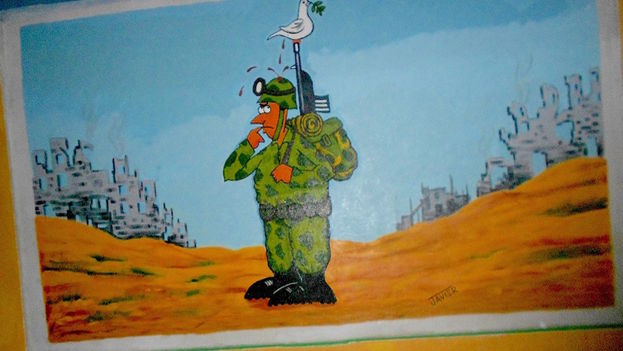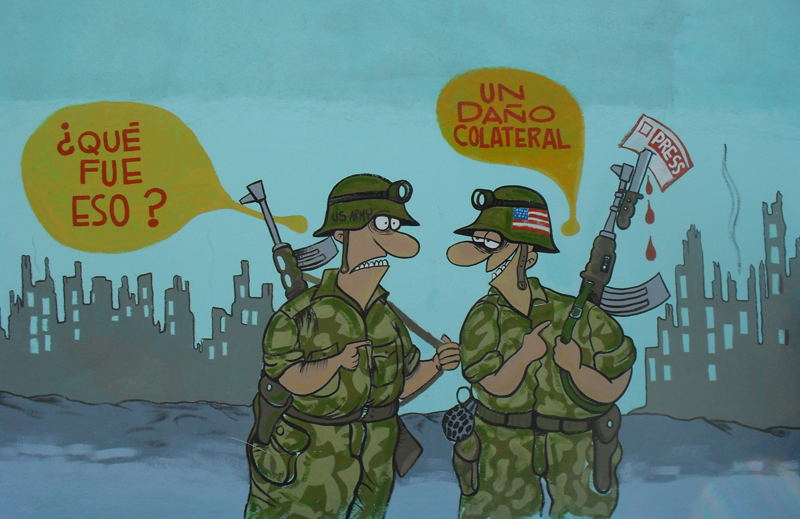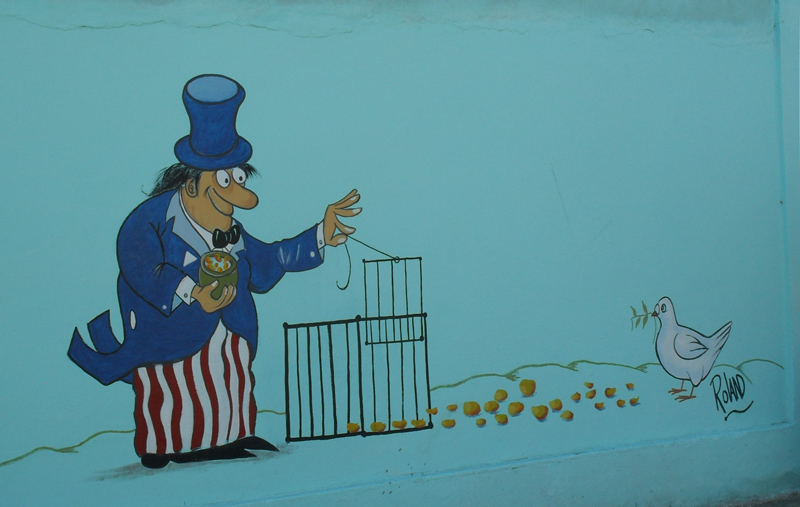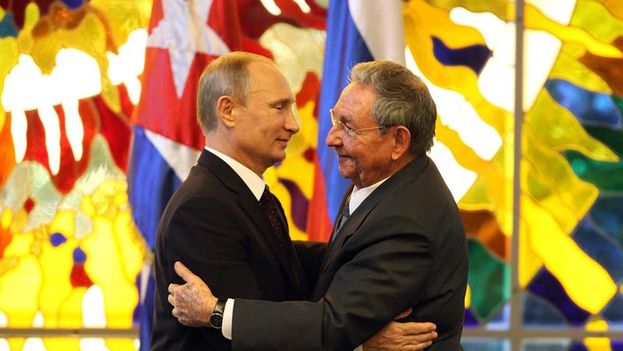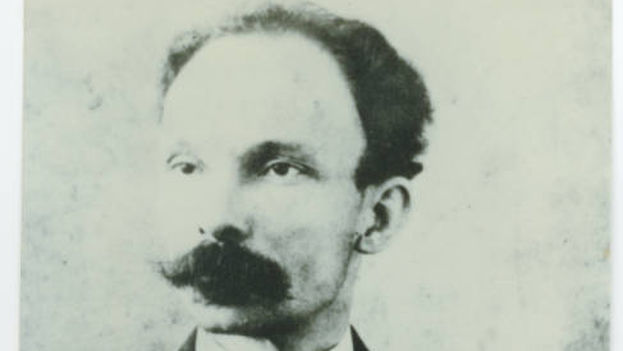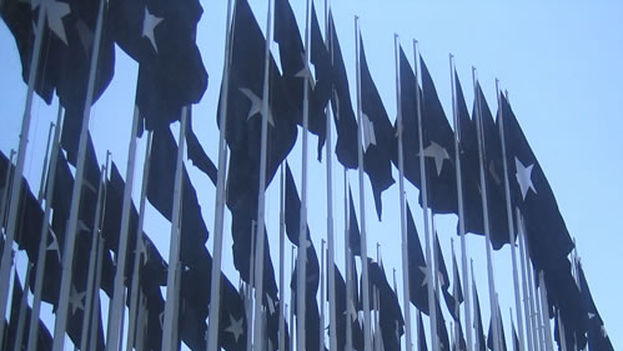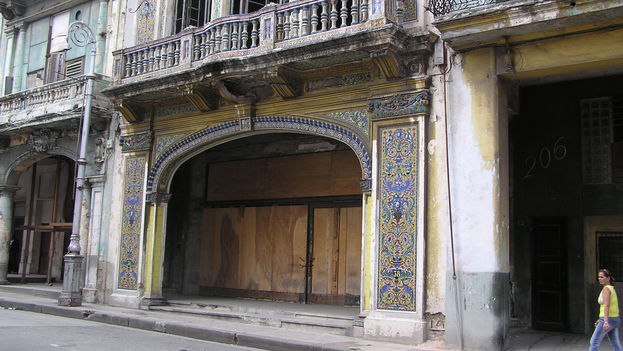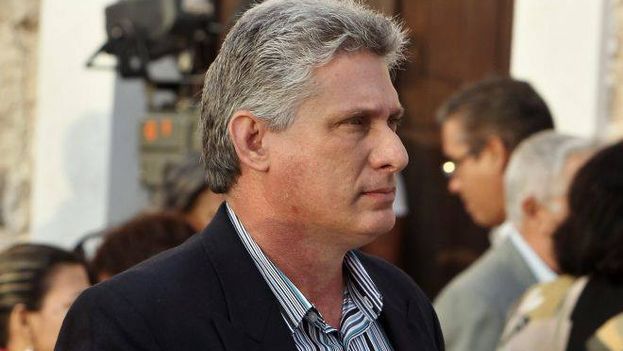
![]() 14ymedio, José Gabriel Barrenechea, Santa Clara, 22 June 2015 – Why don’t our intellectuals act like so many foreign observers expect? Why don’t they try to intervene in the debate about the future of the country now that there is ever more open access to the Internet, whether directly or through the exchange of USB memories, and ideas have started to move with greater ease? Why don’t they move, why don’t they stir, now that in Cuba the days of the reign of Castro II are coming to an end and everything becomes so soft, so malleable that it powerfully inspires one to get to work?
14ymedio, José Gabriel Barrenechea, Santa Clara, 22 June 2015 – Why don’t our intellectuals act like so many foreign observers expect? Why don’t they try to intervene in the debate about the future of the country now that there is ever more open access to the Internet, whether directly or through the exchange of USB memories, and ideas have started to move with greater ease? Why don’t they move, why don’t they stir, now that in Cuba the days of the reign of Castro II are coming to an end and everything becomes so soft, so malleable that it powerfully inspires one to get to work?
In part it is a problem of legitimacy. When in the last congress of the Cuban Writers and Artists Union (UNEAC), Miguel Diaz-Canel insisted that they prioritize the works and talents of the State, through its cultural institutions, he wasn’t talking of something minor and secondary but of an essential aspect of politics thanks to which the regime ensures its stability and its permanence ad aeternum. continue reading
Since about 1976, a pact has been articulated in Cuba between the Castros and the Cuban intelligentsia. A tacit agreement, which largely has built itself on the fly, and above all, in a not completely premeditated way (otherwise it would accept a higher intelligence in the leaders of the regime, or some intellectuals, where none of them seems to have had so rare a gift). In it the Castro State guaranteed the monopoly of a space for the intelligentsia, provided it does not attack, and also as long as it fulfilled any mission assigned to it directed toward the inside or outside of the country.
That space, guaranteed to the already renowned intellectuals, the same ones who during the first 16 years of revolution had been so severely beaten by the regime that they had ended up “learning a lesson,” implied something else. Someone had to define who could legitimately enjoy the space among the newly arrived: that is, who was an intellectual and who was not in the Cuba of Fidel Castro.
It is still the State that legitimizes the Cuban intellectual. Or at least that legitimized that generation already established
Although the mechanism has become more sophisticated with the passing of years, in essence it is still the State that legitimizes the Cuban intellectual. Or at least that legitimized that generation already established, and that comes to mind to the uninformed (or rather to those informed by the regime) when it comes to Cuban intellectuals.
Some are fully aware that they are only intellectuals within this small enclosure in which the Castro regime has allowed them to graze. However the rest, the majority, although they don’t understand it differently cling to this question: What will happen when others, who don’t have pacts with the regime, try to raise their tents in these small paradises? Bearing in mind that this pretend intelligentsia only serves to be exhibited, that it could never justify itself through its sales, much less live off of them. A publisher like Capiro, for example, taking into account an extended system of promotion, and a dozen and a half employees, never sells more than 25% of its runs, no more than 500 copies.
Lobotomized, the pact-holding intelligentsia knows what is best for it is that characters like Diaz-Canel are responsible for “establishing artistic and literary hierarchies.” What to do when being an intellectual implies being truthful? Many are fearful of mentioning that possibility, and therefore also of the possible demise of the Castro regime.
Do not expect much from them. And is it this that ultimately deserves the name of intelligentsia? If anything, it has been nothing more than a useful but misleading label of another “conquest of the Revolution,” through which it tries to romantically justify its perpetuation within the power of the Castros.
The spiritual life of the country, gentlemen, is elsewhere, never through the bars of a zoo. But then, why do we persist in expecting gestures from these poor fairground attractions? Vast are the fields of Cuba…

